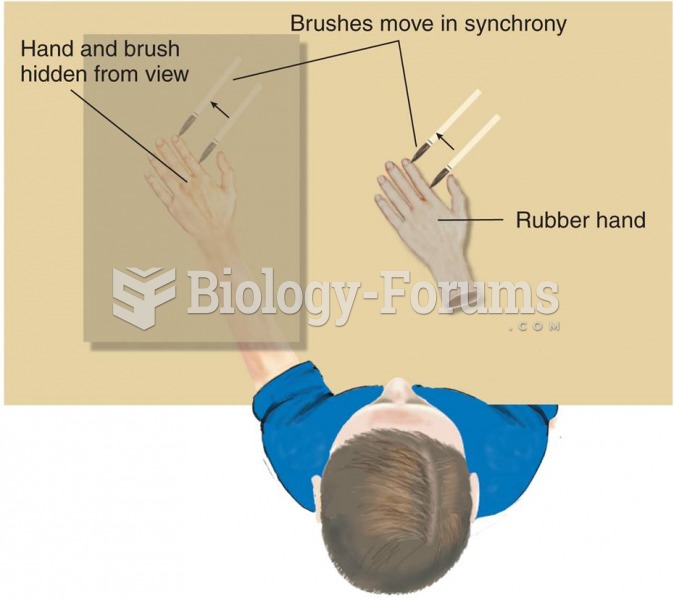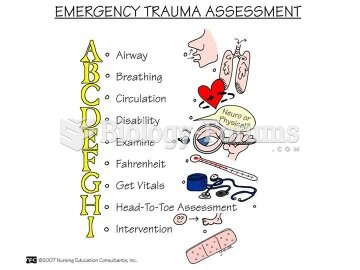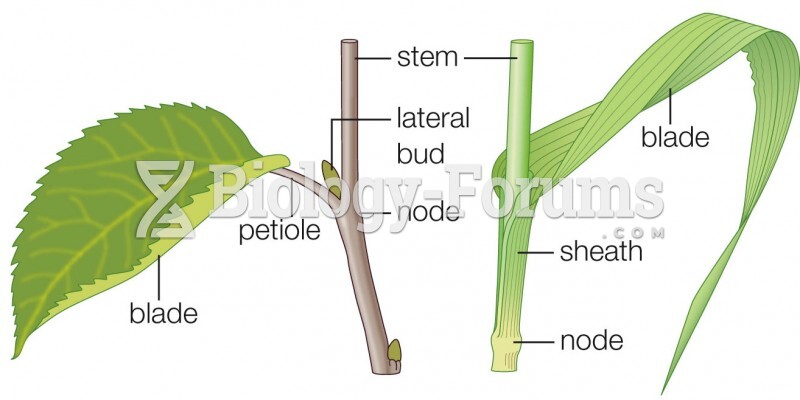EMERGENCY ROOM REPORT
CHIEF COMPLAINT: Left hand injury.
HISTORY OF PRESENT ILLNESS: This 25-year-old male was carrying groceries in plastic bags approximately 10 - 15 pounds in each hand and felt sudden pain in the dorsum of his left hand. He put down the bag and noticed there was some swelling along his left fourth MCP on the dorsal side. Patient notes that last week he was brought to the ER after being in an MVA with question of a hand injury from holding onto the steering wheel. He was discharged from the ER being told he had a strain. There were no fractures or ligament damage, this is per patient and no old records are available. Patient is not having any numbness, tingling, or feeling of weakness right now.
PAST MEDICAL HISTORY: Unremarkable except for the MVA.
CURRENT MEDICATIONS:Amoxicillin for an earinfection. He occasionally takes ibuprofen as well.
ALLERGIES: NONE KNOWN.
PHYSICAL EXAM: Patient is a WN, WD, white male in no acute distress right now. Vital signs: BP 120/70, P 64, R 16.
LEFT ARM: Full range of motion at shoulder and elbow without pain. Left wrist with full range of motion and normal strength. He has good distal radial and ulnar pulses. Good capillary refill in all digits and good sensation to light touch and pinprick in distal phalanges. There is some swelling over the fourth MCP and there is some tenderness over the dorsum of the fifth MCP. He has normal DIP and PIP flexion in all left phalanges and normal MCP flexion and extension. There is no tenderness and normal strength throughout as well. He has normal interosseous motion.
X-rays revealed no fractures or dislocations.
DIAGNOSIS: Left fourth and fifth interosseous strain at the metacarpophalangeal joint.
PLAN: Patient was sent home with ibuprofen 400 mg tid times 5days, ice for 20 minutes on and off for 48hours and rest the left hand. No lifting. His fourth and fifth fingers were buddy-taped. He is advised to follow up if pain persists.
ICD-9-CM diagnosis code(s): _____________________
ICD-10-CM diagnosis code(s): _____________________
CPT code(s) with modifier, if applicable: _____________________
APC: _____________________







